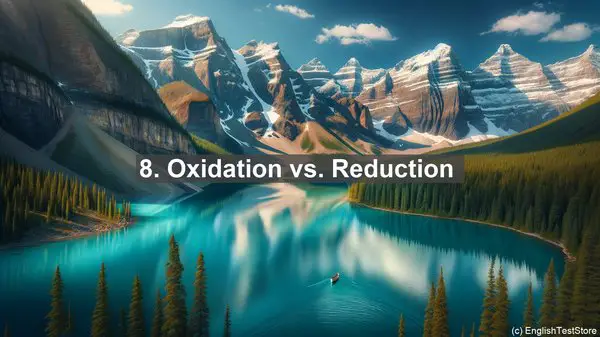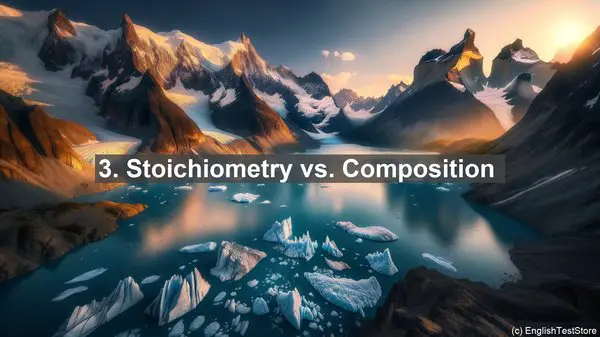Introduction
Welcome to our inorganic materials chemistry class. Today, we’ll be discussing the top 10 commonly confused words in this field. Let’s dive right in!

1. Crystal vs. Amorphous
One of the most fundamental distinctions in materials chemistry is between crystals and amorphous materials. While crystals have a highly ordered, repeating structure, amorphous materials lack this long-range order. Understanding this difference is crucial in various applications, such as designing materials with specific properties.
2. Conductivity vs. Resistivity
Conductivity and resistivity are often used interchangeably, but they have distinct meanings. Conductivity refers to a material’s ability to conduct electric current, while resistivity measures its opposition to the flow of current. Both properties are vital in electrical and electronic applications.
3. Stoichiometry vs. Composition
Stoichiometry and composition are related but not synonymous terms. Stoichiometry refers to the quantitative relationship between elements in a compound, often expressed in ratios. Composition, on the other hand, describes the relative amounts of different elements present. Both concepts are crucial in understanding the properties of materials.
4. Homogeneous vs. Heterogeneous
When we talk about the uniformity of a material, we use the terms homogeneous and heterogeneous. Homogeneous materials have a consistent composition throughout, while heterogeneous materials have regions with different compositions. This distinction is essential in areas like catalysis, where the surface properties play a crucial role.
5. Adsorption vs. Absorption
Adsorption and absorption are often confused, but they have different meanings. Adsorption refers to the adhesion of molecules to a surface, while absorption involves the penetration of molecules into a bulk material. Both processes are vital in areas like gas storage and separation.
6. Activation Energy vs. Reaction Energy
Activation energy and reaction energy are terms used in the context of chemical reactions. Activation energy is the energy required to initiate a reaction, while reaction energy is the overall energy change during the reaction. Understanding these terms helps us analyze reaction kinetics and thermodynamics.

7. Exothermic vs. Endothermic
Exothermic and endothermic reactions are characterized by energy release and absorption, respectively. In an exothermic reaction, energy is given off to the surroundings, often in the form of heat. In contrast, endothermic reactions absorb energy from the surroundings. These concepts are vital in understanding reaction energetics.
8. Oxidation vs. Reduction
Oxidation and reduction are fundamental processes in chemistry. Oxidation involves the loss of electrons, while reduction involves the gain of electrons. Together, they form redox reactions, which are at the heart of various chemical transformations.
9. Isomerism vs. Polymorphism
Isomerism and polymorphism are terms used to describe structural variations in molecules and materials, respectively. Isomers have the same chemical formula but different arrangements of atoms, while polymorphs have the same composition but different crystal structures. These concepts are crucial in understanding the diversity of materials.
10. Solubility vs. Dissolution
Solubility and dissolution are related to the ability of a substance to dissolve in a solvent. Solubility refers to the maximum amount of solute that can dissolve, while dissolution is the actual process of the solute particles dispersing in the solvent. These concepts are vital in areas like drug formulation and environmental chemistry.
